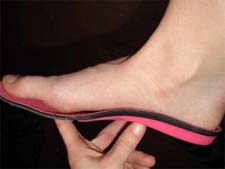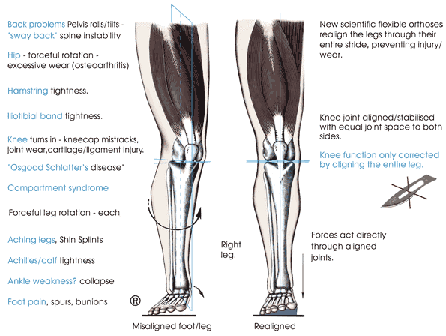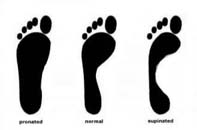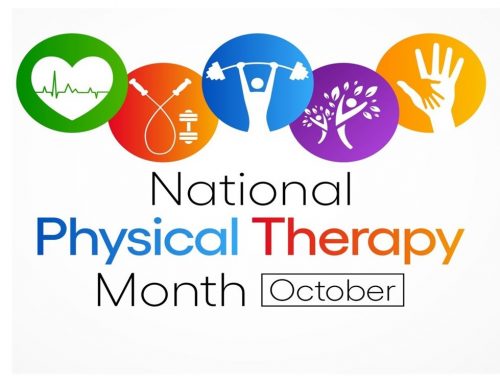
Do I need Orthotics?
Did you know that only about 25% of the population have a foot type that is considered to be well-aligned? Another 25% are called under-pronators (also called “supinators”). People with this type of foot have very high arches and the foot doesn’t roll the normal amount when walking, or may be roll to the outside part of the foot. The rest of us, myself included, belong to a group called over-pronators (“pronators” for short).
While it’s true that a small portion of the 75% of us with poorly aligned feet don’t have any lower extremity problems, a large percentage do. Some conditions associated with poor foot mechanics include Achille’s tendonitis, plantar fasciitis, chronic ankle sprains, shin splints, different types of knee pain, and hip pain (especially bursitis).
As physical therapists, our job when helping people who develop these problems is to find imbalances in various muscle groups throughout the body, especially from the trunk down to the feet, and to help correct poor foot alignment if we feel it contributes to a patient’s problems. One way we help improve foot alignment is by fitting patients for orthotics. The graphic below does a nice job of showing how an orthotic can improve lower extremity alignment:
 Image courtesy of http://www.sportsperformanceint.com/
Image courtesy of http://www.sportsperformanceint.com/
An orthotic is a shoe inserts that helps correct the position of the foot during weight-bearing activities, especially walking and running. A few different types are shown below:
 Image courtesy of http://proa.com
Image courtesy of http://proa.com
 Image courtesy of http://bostonsportsmed.com/services/custom-orthotics/
Image courtesy of http://bostonsportsmed.com/services/custom-orthotics/
It is important to note that physical therapists know that the way in which your feet hit the ground is only part of the puzzle when trying to treat a patient’s problem. Orthotics may help your foot move properly and dissipate forces when you run and walk, but if there are problems above the foot (and there almost always are), symptoms will only be partially alleviated. The other two pieces of the puzzle are stretching what is tight and strengthening what is weak, and activity modification, such as taking a week off from running or walking when your body needs a break.
In my practice, around 50-70% of the patients I see with lower extremity pain may benefit from orthotics. However, if a patient is not having related symptoms between the hips and the feet, the rule is to leave things alone, at least in adults. In other words, just because foot alignment is less than optimal, we often don’t advise orthotics unless symptoms or severe deformities are present.
Over-the-counter orthotics or special running shoes can sometimes be helpful for a percentage of the population, but most people will benefit much more from a set of custom-made orthotics. In general, custom orthotics cost about the same as good pair of shoes and can often last for 2-3 years, so the investment to improvement ratio is very favorable.
A quick, easy way to test your foot shape is to take the wet-cement test. Stand in a pan or bucket of water, then step out and stand on a concrete floor. Your results should look something like this:
 Image courtesy of http://www.peteluxford.com
Image courtesy of http://www.peteluxford.com
It is important to reiterate that not everyone with an abnormal foot shape needs orthotics. Conversely, some people with a normal foot shape on this test may still benefit from orthotics. Just because your arch height is normal does not mean your foot is functioning at its most efficient. Your best-bet is to see a knowledgeable physical therapist to determine the best intervention for the issues you’re having.
If you think you might need orthotics, call one of our offices to schedule a free consultation and mention this article. This is a 5-10 minute conversation about the problems you are having, after which we can guide you towards the best way to start improving your health and function. If you know you need orthotics, ask your doctor for a prescription for physical therapy and stop in to our clinic in your community to start putting your best foot forward.






